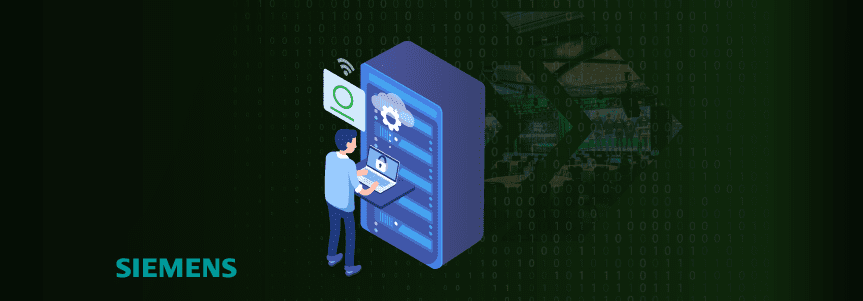Swampup Leap: Creating an Inner Source Hub at Siemens

In their presentation at the swampUp 2020 conference, IT service manager Marija Kuester and her team at Siemens AG revealed how they use JFrog Artifactory to deploy and scale their Inner Source Hub service, and meet the challenging needs of their key business stakeholders.
In the recorded session, the Siemens team outlined the service architecture with rich insights into the IT service deployment and internal developer adoption. You will find valuable tips on monitoring service availability, API and webhook integrations, developer onboarding, and enablement training for engineers.
Inner Sourcing: Collective Knowledge through Connected Communities
Inner sourcing is an emerging development methodology where engineers create and release commercial software using best practices from open source communities. Tim O’Reilly eloquently describes the Law of Inner Sourcing as “Given enough connected developers, all software development emulates the best practices of open source software.”
By building communities across business units or organizational boundaries, instead of keeping teams siloed, developers are encouraged to share projects. Klaas-Jan Stol and Brian Fitzgerald outline the top 5 benefits in adopting inner source, and why interest is increasing:
- Universal access to all development artifacts such as code and documentation
- Independent peer-review of contributions by others in the developer community
- Improved quality through leveraging of Linus’s Law3 —”Given enough eyeballs, all bugs are shallow.”
- Increased speed of development with a community, resulting in faster time-to-market
- Increased level of software reuse between projects and developers
Teams can access a common inner source repository (ISR) to share open source and commercial binaries, build packages and automate releases with JFrog Artifactory as a service.
Siemens Inner Source Hub – Artifactory as an IT Service
Prior to their use of Artifactory, Kuester said, there was no central source for binaries, and storage sprawled across their systems. “We had teams hosting the binaries on TFS platform which is in principle not designed for binaries hosting, we have teams hosting their binaries in Clearcase [version control]. Some teams use different shares putting their binaries there.”
Siemens established their Inner Source Hub as an IT service, using Artifactory as a single source of truth for all binaries across the entire company. With universal access to the repositories, registries and DevOps Pipeline automation serving 6,000 developers supporting 250 software projects across 15 global locations, Siemens’ inner source hub is a core IT service for their business.
As Andreas Mirring, Siemen Service Architect, outlines, “If you’re in a situation where you have quite a huge scale with systems worldwide, and you have lots of laws like export control, or FDA approvals, and an integrated workflow with third party tools, … It’s really important how you set up your service.”




